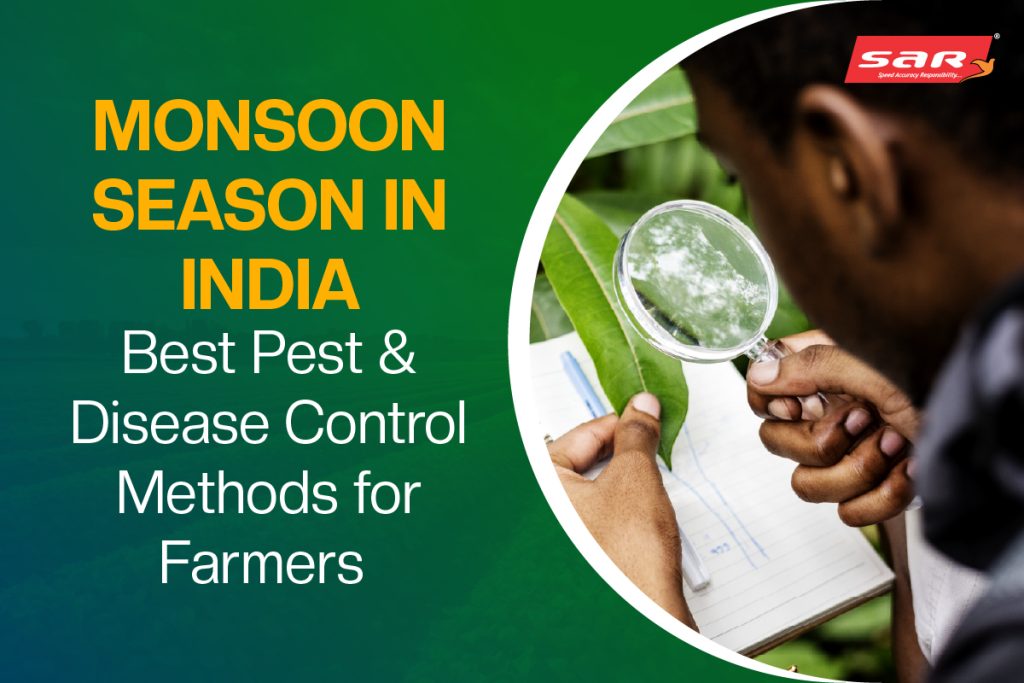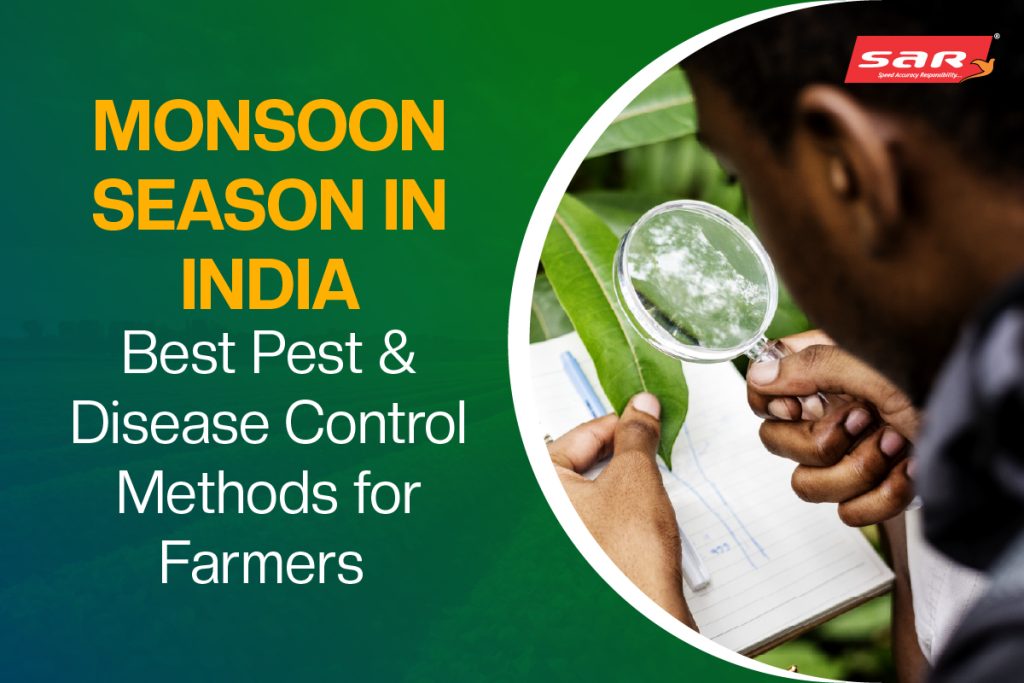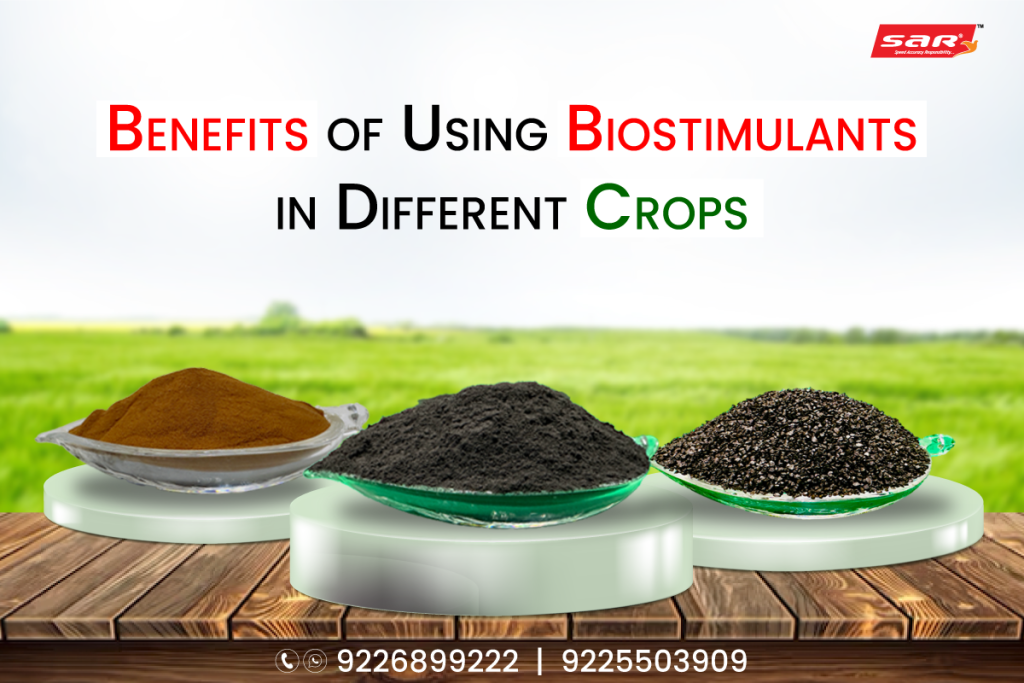
The monsoon season in India is a lifeline for millions of farmers, which breathes life in dried fields, revives soil fertility, and triggers the growth of necessary kharif crops. Nevertheless, in this season, as important as it is, it brings a silent threat with him – an explosive growth in insect population and crop diseases that can quickly destroy the entire fields if not handled with accurate and active care. As the rainfall becomes unpredictable and the level of humidity increases, the condition becomes ideal for sprouting fungal spores, rapidly spreading bacteria, and insect pests. This is why understanding and implementing the best pests and disease control methods during the monsoon season in India is not just a farming tip – this is a strategy of existence.
Monsoon season in India demands extra caution
Unlike other agricultural seasons, the monsoon season in India presents an overlap of both opportunity and adversity. While rain promotes juicy vegetation development and natural irrigation, they also form a humid microclimate within crop canopies. It leads to wetness, rice explosion, downy mildew, bacterial leaf blight and diseases like powdery mildew in vegetables, fruits and grains. In addition, continuous rain washes chemical sprays, reduces their effectiveness and weakens crops with whiteflies, aphids, borers and stem-eating caterpillars.
What makes it worse is that farmers do not always find out these issues. By the time the symptoms appear, the infection has already spread, causing irreversible crop loss. Therefore, an active and integrated approach is necessary to avoid complex challenges of monsoon season in India.
Start strong: seed treatment and field preparation
In India, protecting crops begins even before sowing during the monsoon season in India. The foundation of healthy farming is contained in choosing disease free, certified seeds and ensuring strong seed treatment. Biological agents such as Trichoderma Harzianum and Pseudomonas Fluorescence are effective in suppressing early root infections. Seed dressing with chemical fungicide such as carbendazim + mancozeb provides an additional layer of safety during the sprout phase.
Preparation of equally important field. Deep ploughing before the arrival of monsoon helps in exposing sunlight and pupae in the soil. The installation of strong drainage channels is important to avoid waterlogging during the monsoon season in India during the monsoon season.
Fighting common diseases and pests during the monsoon
The monsoon season in India sees an increase in the outbreak of plant disease due to fungi pathogens such as phytophthora, Fusarium and Alternaria. For example, paddy fields often suffer from bacterial leaf blight and blasts, while vegetables such as tomatoes and brinjal are victims of leaf spots and soft rot. Grapes and cucurbits are susceptible to downy mildew, especially when the canopy is wet for a long time.
On the side of the insect, whiteflies, thrips, and jassids attack cotton and vegetables, suck sap and transmit viral infections. Borers march in the fields of maize in fruits and stems, while armyworms in destructive flocks. Therefore, crop-specific insect identity and timely intervention are the backbone of effective crop management during the monsoon season in India.
Foliar Spray: System – + Contact approach
Due to continuous rainfall, leaf applications should be planned with accuracy. Using a mixture of systemic and contact pesticides ensures complete-spectrum safety. For disease control, provides systemic fungicidal internal protection such as metalaxyl, propiconazole, and tebuconazole, while contact fungi such as Mancozeb, chlorothalonil, or copper oxychloride form an external shield. During the monsoon season in India, it is important to add sticky agents such as silicone-based spreaders, especially to enhance the adherence of spray solutions under high humidity.
For insects, Emamectin benzoate and Spinosad are highly effective against borers and caterpillars, while imidacloprid and thiamethoxam control sucking insects. Care should be taken to avoid excessive use of the same active ingredients to prevent resistance buildup.
Crop nutrition and immune booster
Strong crops are naturally more flexible against the disease and insect attack. During the monsoon season in India, over fertilization with nitrogen can cause excessive leafy growth that attracts insects. Instead, using balanced nutrients – including secondary and micronutrients such as potassium, calcium, zinc and boron – strengthens light plants.
Applying potassium silicate improves the strength of the cell wall and provides resistance to the fungal penetration. Meanwhile, bio stimulants such as marine seaweed extracts, fulvic acids and amino acids increase enzymatic activity and plant immunity. These not only help crops to withstand environmental stress but also reduce the severity of frequently spread infections during the monsoon season in India.
Weed and water management for disease suppression
Weeds act as an alternative host for many pests and diseases, especially during the monsoon season in India. If not removed, they act as hidden reservoirs, causing recurring infections. Regular weeding and mulching help in reducing this risk. At the same time, proper drainage is crucial to ensure that it is important to avoid standing water that promotes root diseases and attracts insects such as mosquitoes and fungus gnats.
In gardens and vineyards, maintaining air circulation through timely sorting and training helps to reduce fungal pressure. For high-value crops such as grapes, chillies and tomatoes, even a slight delay in fungicidal spray or canopy management can cause irreversible damage during the monsoon season in India.
Digital surveillance and weather -based alert
Today, farmers can avail digital equipment such as mobile apps and automated weather stations to make informed decisions. Many platforms provide the disease forecast models that send real -time alerts based on rain, humidity and temperature trends. Using this information to adjust the spray schedule and take preventive action is particularly beneficial during the highly unexpected monsoon season in India.
Satellite monitoring, drone surveillance and integrating the digital soil sensor can increase decision making and reduce unnecessary pesticides, leading to a more durable farming ecosystem during the monsoon season in India.
Quick tips for pests and disease control during monsoon season in India Use silicone-based spreaders during follower spray to ensure rain.
- Make sure the spraying is done during a dried mantra, ideally morning or late evening.
- Inspect crops twice a week during monsoon to detect initial symptoms.
- For preventive biological control, introduce quickly beneficial insects in the crop cycle.
- Use fungicides with multi-site action like mancozeb to reduce resistance risk.
- Clean the spray equipment clean and regularly for uniform coverage.
- Adopt a bed planting raised for vegetables to improve water drainage.
- Apply lime or gypsum in waterlogged areas to restore soil aeration.
- Use light nets in maize and paddy fields to monitor and control nocturnal insects.
- Mix bio-agents along with organic manure to promote rhizosphere health.
- Always rotate pesticides groups to delay insect resistance.
- Maintain a buffer zone with insect-rotating plants such as marigold or basil.
- Avoid excessive urea application during early crop stages.
- Keep the area limits clean to prevent insect entry.
- After the rain, spray vegetable pesticides like Neem + Pongamia oil emulsion.
Conclusions: Win monsoon with smart crop protection
The monsoon season in India is a two -edged sword. On one hand, it brings the water required to grow crops that leave life; On the other hand, the disease and insect infection affect the sudden, large -scale crop failures. However, with the correct strategies – to apply on the time of biological, chemicals and nutrition by starting with seed selection and soil health – farms can win the fight against these dangers.
By embracing a modern, active and integrated approach, Indian farmers can maximize yields and maintain crop health, even in unexpected weather. SAR Agro Industries Pvt. Ltd. continued to support the mission by offering a series of sustainable crop care products specially tied for the monsoon season in India.


